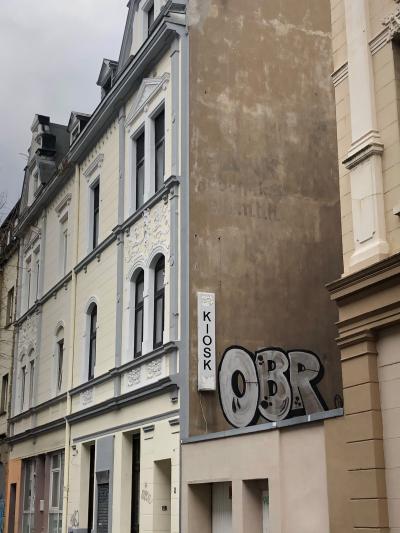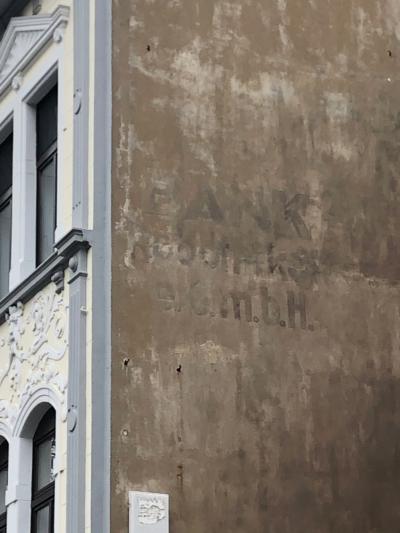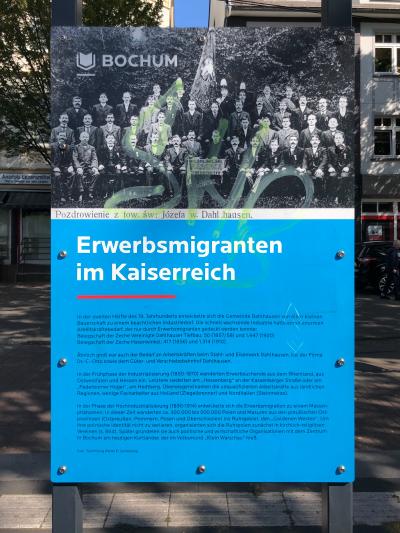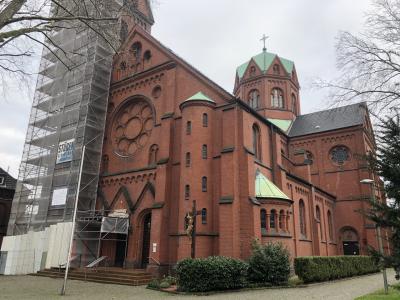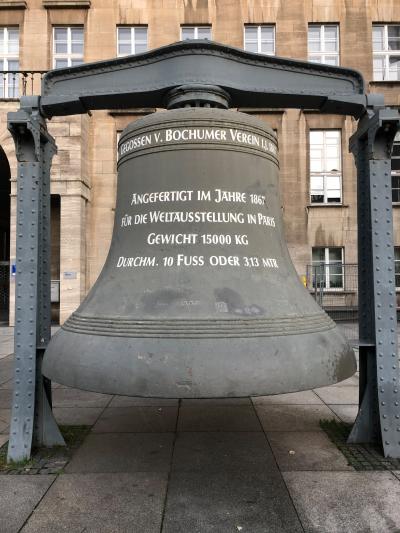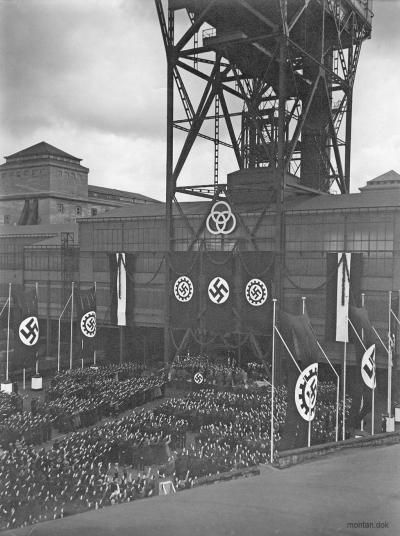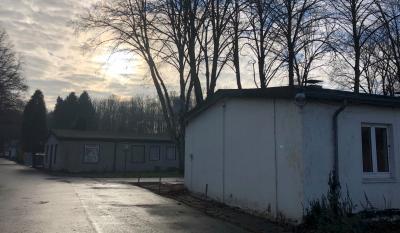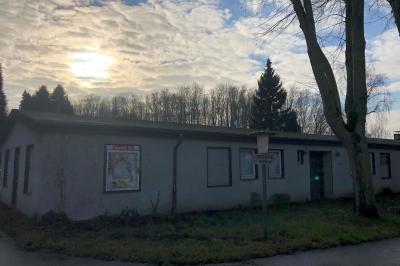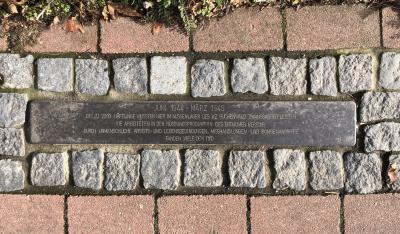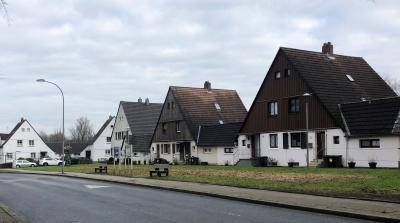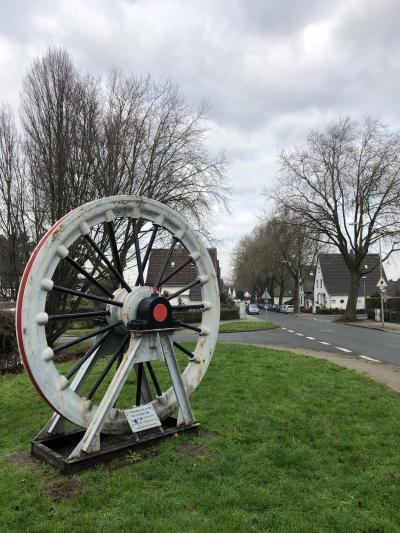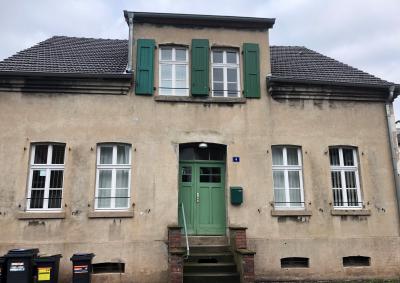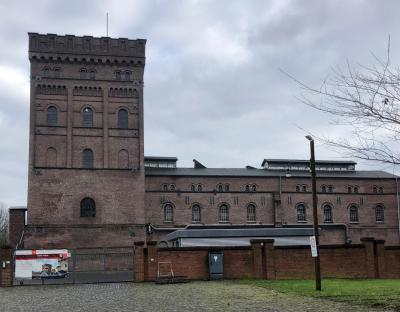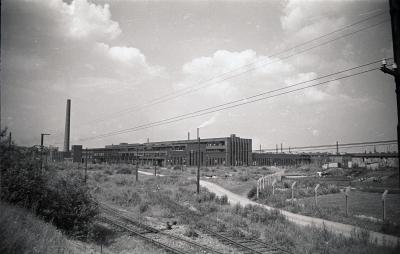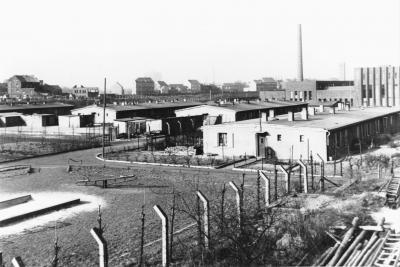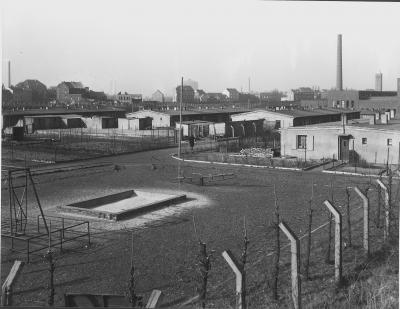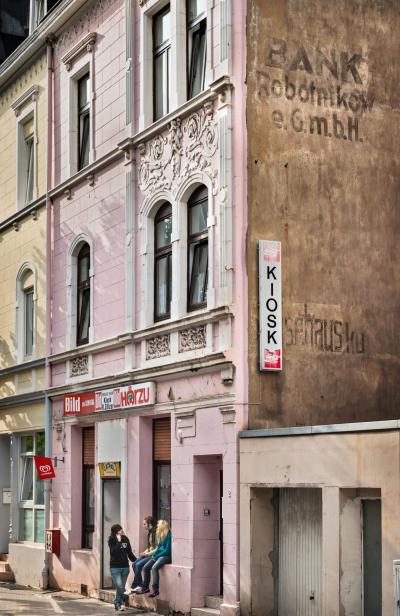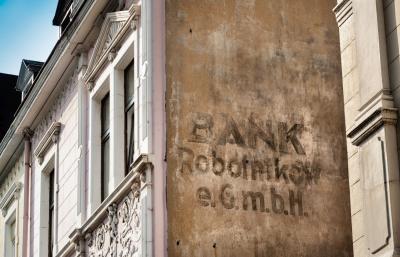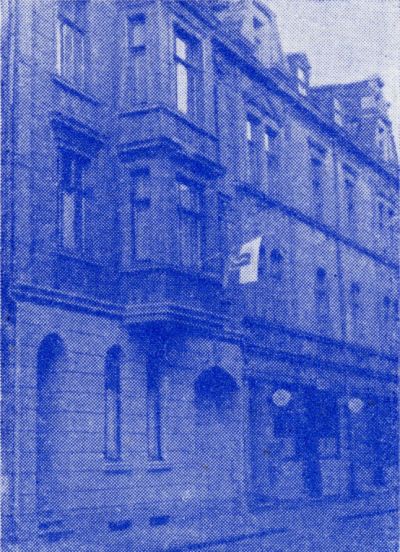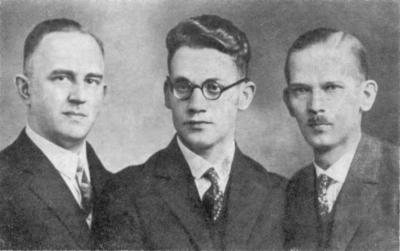About Polish miners, “Polish mines” and “Workers from the East” – A look back at 100 years of the history of Polish workers in Bochum (1871-1973)
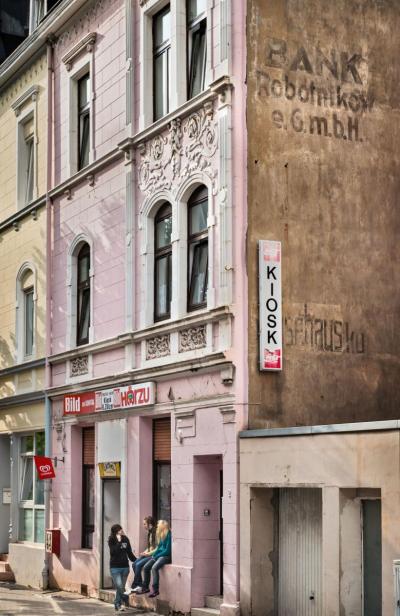
Introduction
According to the cult song Bochum by the singer Herbert Grönemeyer, the town “deep in the West” is “completely grey from work”, but that has not been the case for a long time now. Nevertheless, the mining and the economic and demographic change it brought with it remains a chapter that has left a deep imprint on Bochum's history. In the second half of the 19th century, with industrialisation rapidly developing in the Ruhr area, which was then known as the “Rhenish-Westphalian industrial region”, an important period of the Polish East-West internal migration began within the German Reich. The ethnic group of Polish-speaking Prussian nationals, collectively referred to as “Ruhr Poles”, migrated in large numbers from the eastern regions of what was then Prussia to what is today the Ruhr area, mainly to work in mining.
The fact that Bochum was once the cultural centre of these Polish workers is still evident in a few places in the city: In the street called Am Kortländer, a weathered inscription on a wall indicates the former existence of a Polish workers’ bank (see Fig. 1 & 2); in the Bochum district of Dahlhausen, an information board recalls the Polish economic migrants and their multi-faceted culture of associations during the time of the Empire (see Fig. 3); and today, in St. Joseph’s Church, the Polish Catholic mission in Bochum still offers pastoral care to the Polish-speaking Catholic community in the region, including holding regular masses (see Fig. 4 & 5). But Polish workers were not just to be found in Bochum and the Ruhr area during the period of industrialisation: they remained in the German Reich for many more decades, experienced the darkest chapter in German history, including working as forced labourers during the two world wars, and were also active in a number of different areas within the Federal Republic of Germany in the period after the war. They have been an established feature of Germany’s diverse society right up to the present day.
What was the history of Polish workers in Bochum like and what changes did they live through over the decades? This question forms the basis of the following article which looks back on a period of about 100 years – from the moment the Ruhr Poles began to migrate when the empire was founded in 1871 to the closure of the last mine in Bochum in 1973.
